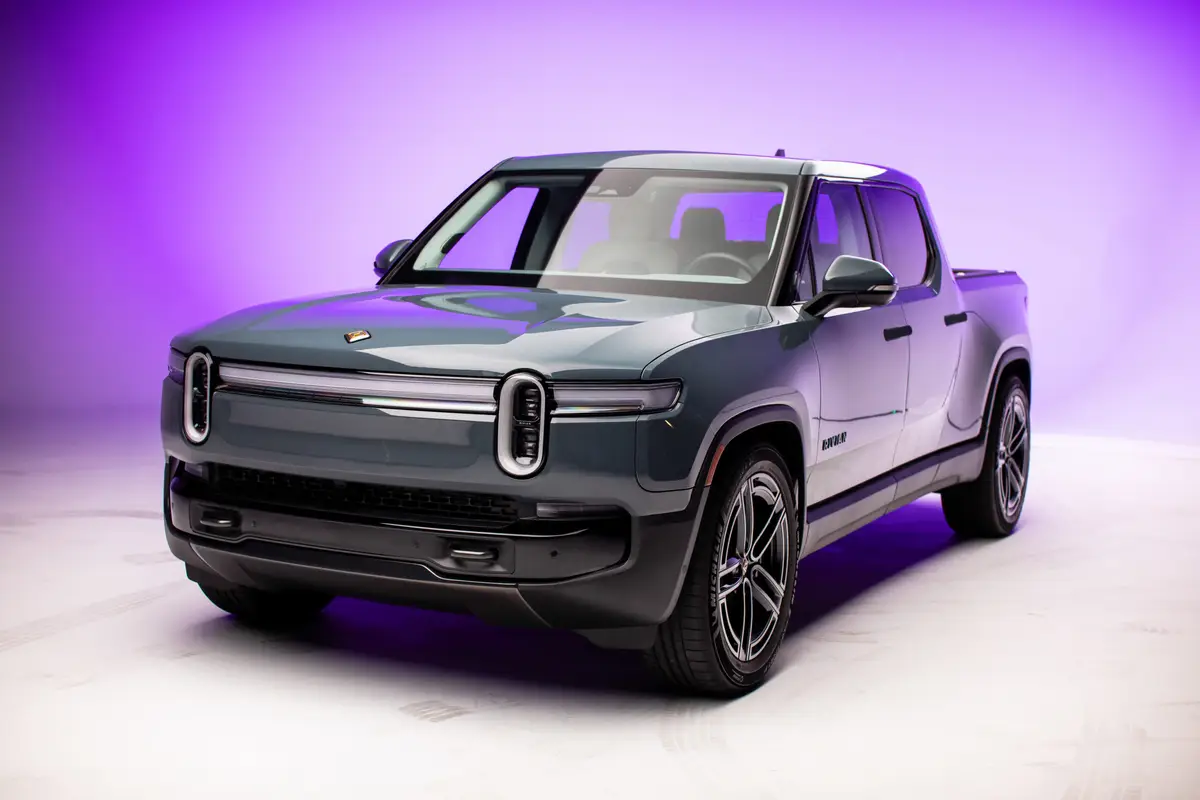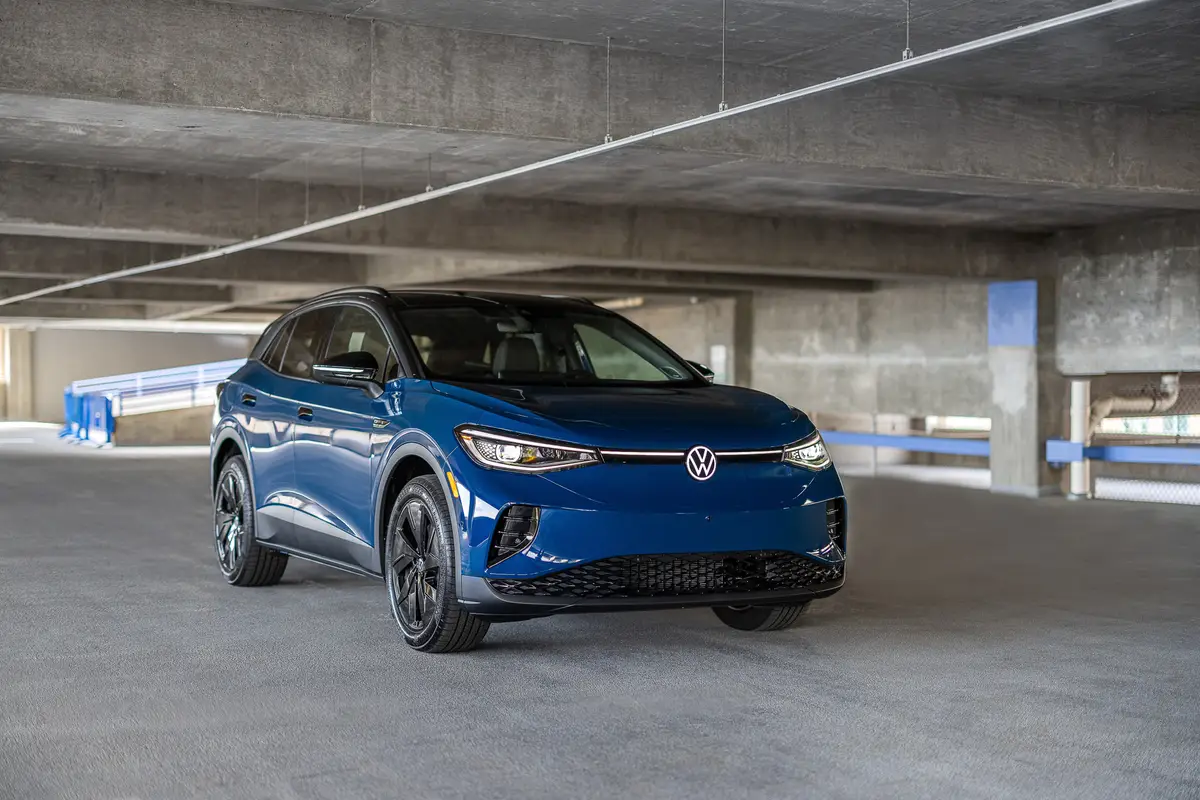The Morning Call and Mcall.com's view
It’s hard to imagine a more ubiquitous car than the Ford Taurus and Mercury Sable. The Taurus accounted for 22 percent of all Ford cars sold in the past decade, it has been the best-selling car in the nation for the past three years and, along with it’s cousin the Mercury Sable, accounts for just over 3 percent of all cars sold in the United States. Which is to say it has become a standard, large American car.
Since it’s become the standard against which most cars are measured, it’s easy to forget how radical the car looked when it was first introduced in 1985. Mid-sized American cars were chrome-encrusted wedges with crisp angles and boxy silhouettes. Ford pushed the envelope of automotive design, territory Ford wanted to regain with it’s new design since ceding it to other companies (did anyone say Chrysler?).
For the 1996 model year, Ford decided to make a splash by staging the largest launch in the nation at Dorney Park last week. Against this all-American backdrop was a car that has raised the state of the art of American cars.
It starts with styling.
Although longer than the cars they replace (5.4 inches for the Taurus, 7.2 inches for the Sable) they look smaller. Mostly, this is because of their incredibly rounded shape, a shape so ovoid the sheet metal looks shrink-wrapped. The base of the windshield is moved forward and the roof is more rounded. Rather than just sanding down the corners of the car, everything here is radically rounded. Stylists have taken this theme to it’s extreme, rounding off everything in the design from door handles to headlights to the roof.
The main styling differences are in the rear roof pillar (the Sable is more formal), the grille (Sable sports a chrome opening as opposed to Taurus’s plain slit) and different tail lights. While the Taurus has a sporty tautness to its look, the Sable has the look of a four-door Lincoln Mark VI II. The overall effect makes everything else on the road look old.
Inside, the dashboards are identical and beautifully sculpted in the flowing, ovoid manner of the exterior. The radio and ventilation controls are housed in a radical oval pod nestled in the middle of the dash. Interior plastics have a much richer feel than before and there are lots of little surprises, such as the dampened motion of the glovebox door. One surprise that wasn’t appreciated was the rough-edged finish of the rearview mirror, the only real fit-and-finish flaw.
A split bench seat is standard. The center cushion flips forward to become a console holding drink holders, change and tapes. Bucket seats are available. Overall, the interior feels larger, airier and more sophisticated than before.
Looks may be the first thing you notice, but it’s with what you don’t see that the biggest differences come in.
The standard engine is a revised version of Ford’s 3.0 liter OHV Vulcan V-6, now rated at 145 horse power and 170 foot-pounds of torque. It’s standard in Ford Taurus GL and Mercury Sable GS. Standard in up-level versions of both cars is Ford’s new high-performance 3.0-litre 24-valve DOHC V-6 Duratec engine, a big-bore version of the V-6 used in the Contour and Mystique. Here it develops 200 hp and 200 pound feet of torque. A four-speed electronic automatic is the sole transmission and sports identical final-drive ratios in all models. (The Ford Taurus SHO with a 3.4-litre Yamaha V-8 engine will be introduced this winter.) Both engines sport more power than before and can go 100,000 miles without tune-ups. Dual airbags are standard and the front safety belts are adjustable. Both cars meet 1997 side-impact standards and have 5 mph bumpers.
While front disc, rear drum brakes are standard, four-wheel disc brakes are available with the optional anti-lock brakes. Improvements to the suspension and steering along with a more rigid body combine to give a superior dr ving experience.
The cars are taut and responsive, although not as well-balanced as the smaller Contour and Mystique. The suspension soaks up bumps effortlessly, with little vibration or quivering finding its way back to the steering wheel or seats as in its previous incarnation. The ride is firm but not uncomfortable, the handling responsive. The car remains flat going through corners, with little dive in hard braking making this an easy car to drive fast. Braking is progressive, but the brake pedal felt spongy.
Both Taurus and Sable can be driven with the fervor of a smaller car. Power is adequate with the base engine, strong with the up-level engine. Neither is particularly quick off the line, but offer fine flexibility and power at speed.
Twisting though the snaking curves of Routes 309 and 100, the models’ manners matched those of much more expensive cars.
Despite all the improvement, the Taurus and Sable can still be had for reasonable prices. The Taurus GL with the most popular option package will sticker for $19,390; the Mercury Sable GS, for $19,755. If that price seems high, keep in mind that you can pay that much for a Toyota Corolla these days.
With the new Taurus and Sable, Ford is aiming to conquer more import buyers while retaining former customers, a goal that could be easily met. These cars are much more sophisticated than the ones they replace, with an expensive, European feel deftly blended with American creature comfort.
Latest news



